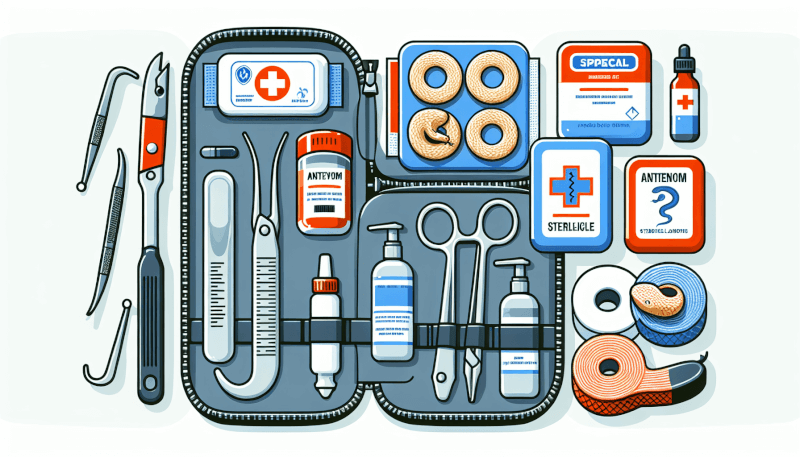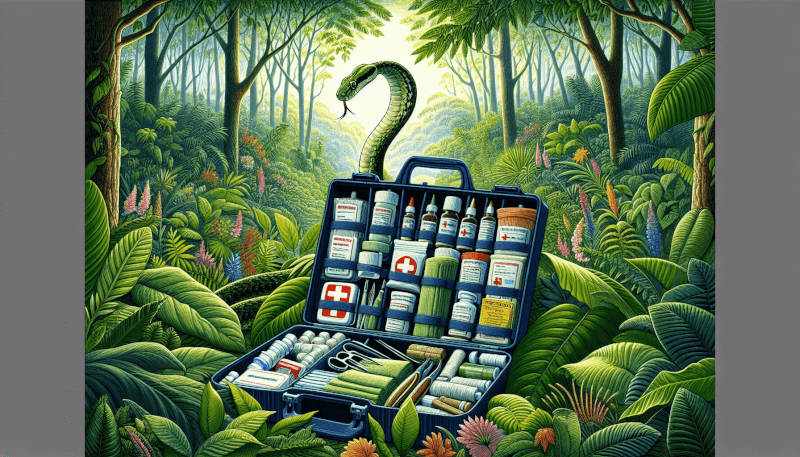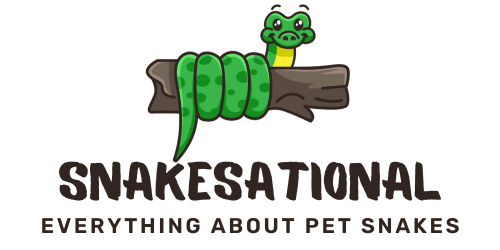In the realm of outdoor adventures, encountering snakes is not entirely uncommon. Whether you enjoy hiking, camping, or exploring nature, it’s crucial to arm yourself with knowledge on snake wound care. With this article, you will gain valuable insights into how to handle snake bites, treat wounds, and minimize potential risks. From identifying venomous snakes to practicing essential first aid techniques, you’ll be well-equipped to navigate any unexpected encounters with our slithering counterparts. So, let’s get started on this informative journey to ensure your safety and peace of mind during your outdoor escapades.
Understanding Snake Bites
Snake bites can be a terrifying experience, and it’s crucial to have a good understanding of this common outdoor hazard. There are various types of venomous snakes that pose a threat to humans, including the rattlesnake, copperhead, cottonmouth, and coral snake. Each type of venomous snake has its own unique characteristics and patterns, making it important to be able to identify them correctly.
Types of Venomous Snakes
The first step in understanding snake bites is to familiarize yourself with the different types of venomous snakes. Rattlesnakes are known for their distinctive rattles on the end of their tails and can be found in many regions, including the United States and Central America. Copperhead snakes are known for their copper-colored heads and can often be found in wooded areas. Cottonmouth snakes, also known as water moccasins, are commonly found near bodies of water in the southeastern United States. And finally, the coral snake, with its vibrant red, yellow, and black bands, can be found in various regions across the Americas.
Symptoms of Snake Bites
Knowing the symptoms of a snake bite is crucial for providing timely and appropriate first aid. Common symptoms include puncture wounds from the snake’s fangs, swelling and redness around the bite area, as well as severe pain. Other symptoms may include dizziness, nausea, difficulty breathing, and even paralysis, depending on the type of snake and the amount of venom injected. It’s important to note that not all snake bites result in the injection of venom, but immediate medical attention is still essential.

Immediate First Aid Response
When faced with a snake bite, the first and most important step is to stay calm and call for help. Panicking can cause an increase in heart rate, which can lead to the venom spreading more rapidly through the body. While waiting for assistance to arrive, it’s crucial to immobilize the affected limb or area to prevent the venom from circulating. Elevate the limb if possible and position the bite area lower than the heart to help slow down the venom’s spread. Keeping the patient hydrated is also crucial during this time, as it helps dilute the venom. Remember to avoid any harmful initiatives, such as attempting to suck out the venom or cutting the wound, as these can worsen the situation and lead to further complications.
Preparing for Snake Bite Wound Care
Before administering any wound care, it’s vital to gather the necessary supplies. These supplies should include mild soap, warm water, a clean cloth, antiseptic solution, over-the-counter pain relievers, cold compresses or ice packs, antibiotic ointment, and sterile dressings. Having these items readily available can help ensure a smooth and effective wound care process. It’s also important to create a clean and safe environment by removing any debris or contaminants from the area and ensuring proper lighting and ventilation.
Assessing the Snake Bite Wound
Once the necessary supplies are gathered and the environment is prepared, it’s time to assess the snake bite wound. Start by identifying the fang marks. Venomous snake bites typically leave two parallel puncture wounds, while non-venomous snake bites may only leave a single puncture wound. Next, examine the swelling and redness around the bite area. These are common signs of both venomous and non-venomous snake bites but may indicate the severity of venomous bites. Lastly, check for any other injuries the patient may have sustained during the snake encounter, such as cuts or bruises.

First Aid for Snake Bite Wounds
Staying calm and calling for help should always be the first step in administering first aid for snake bites. It’s important to provide accurate and clear information when contacting emergency services to ensure a swift response. Next, immobilize the patient and restrict their movement to prevent the venom from spreading. Positioning the bite area lower than the heart can also help slow down the venom’s circulation. Additionally, keeping the patient hydrated by providing them with water is crucial, as it helps dilute the venom. Lastly, it’s essential to avoid any harmful initiatives, such as applying tourniquets, electric shock therapy, or using ice-cold water, as these can exacerbate the situation and cause further harm.
Cleaning and Disinfecting the Wound
After administering immediate first aid, it’s time to clean and disinfect the snake bite wound. Start by using mild soap and warm water to gently cleanse the area. Avoid using harsh substances, such as hydrogen peroxide or alcohol, as they can damage the surrounding tissue. Once the wound is clean, use a gentle pat dry technique with a clean cloth to remove excess moisture. Applying an antiseptic solution to the wound can help prevent infection and aid in the healing process.
Managing Snake Bite Pain
Snake bites can be incredibly painful, and providing pain relief is an essential aspect of wound care. Over-the-counter pain relievers, such as acetaminophen or ibuprofen, can be administered to help alleviate the pain. However, it’s important to avoid aspirin and non-steroidal anti-inflammatory drugs (NSAIDs) as they can increase the risk of bleeding. Cold compresses or ice packs can also provide localized pain relief when applied to the snake bite area. Additionally, topical anesthetics, such as lidocaine or benzocaine, can be used to numb the area and reduce discomfort.
Preventing Infection
Preventing infection is paramount when it comes to snake bite wound care. After cleaning and disinfecting the wound, apply a thin layer of antibiotic ointment to provide a protective barrier against bacteria. Cover the snake bite with a sterile dressing to keep it clean and free from contaminants. It’s important to change dressings regularly, following proper hygiene practices such as washing hands before and after the process. Monitoring the wound for signs of infection, such as increasing redness, warmth, or drainage, is crucial to ensure timely medical intervention if necessary.
Swelling and Inflammation Management
Snake bites often result in swelling and inflammation around the bite area. Managing these symptoms is an important part of the recovery process. Using cold compresses or ice packs can help reduce swelling and provide localized relief. Elevating the wound above the heart level can also help reduce swelling by promoting proper circulation. Managing localized inflammation can be achieved through over-the-counter anti-inflammatory medications, as recommended by a healthcare professional. It’s important to follow the prescribed dosage and instructions to prevent complications.
Seeking Medical Attention
While immediate first aid and home care can be effective in many cases, it’s crucial to know when to seek medical attention. If the bite came from a venomous snake or if the symptoms worsen despite proper first aid, it’s important to contact emergency services immediately. When transporting the patient to the hospital or medical facility, it’s essential to do so safely and in a way that minimizes movement. Communication with medical professionals should include relevant information, such as the type of snake, the time of the bite, and any previous medical conditions or allergies.
Follow-up Care and Prevention
Once the snake bite wound has been treated, follow-up care is vital to ensure proper healing and prevent complications. Completing the full course of antibiotics, if prescribed, helps prevent infection and aids in the healing process. If the snake bite wound increases the risk of tetanus infection, a tetanus shot may be necessary. Learning snake bite prevention tips, such as wearing protective clothing, using caution in snake-prone areas, and properly handling encounters with snakes, can help reduce the risk of future bites. It’s also important to create awareness within the community by educating others about snake bite prevention and proper first aid techniques.
In conclusion, understanding snake bites and how to properly care for snake bite wounds is crucial for everyone who spends time outdoors. By familiarizing yourself with the types of venomous snakes, knowing the symptoms and providing immediate first aid, cleaning and disinfecting the wound, managing pain and preventing infection, seeking medical attention when necessary, and following up with appropriate care and prevention, you can ensure the best possible outcome in case of a snake bite. Stay safe and informed to enjoy your outdoor adventures without unnecessary risks.


